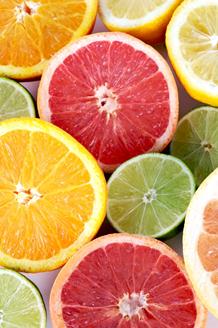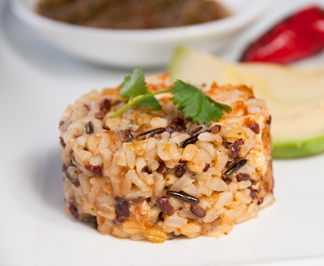Top Trends from 2011’s The Flavor Experience
Wednesday, 31 August 2011 20:00
 Big shifts in U.S. foodways emerging at this year’s conference included “clean” menu descriptions, Korean influences, strategic use of salt and black pepper and “invisibly healthy” indulgence.
Big shifts in U.S. foodways emerging at this year’s conference included “clean” menu descriptions, Korean influences, strategic use of salt and black pepper and “invisibly healthy” indulgence.
Courtesy of Olson Communications
. The sponsors-only event presents the latest research, trends, menu ideas and hands-on flavor experiences that are relevant to more than 100 leading foodservice operators.
The seventh conference, August 1-4 in Newport Beach, Calif., brought flavor front and center for all conference attendees.

 According to NPD, more adult consumers aspire to eat smaller portions in the coming year, suggesting that this healthy eating strategy will become more important in the future.
According to NPD, more adult consumers aspire to eat smaller portions in the coming year, suggesting that this healthy eating strategy will become more important in the future. Technomic identifies what consumers find most appealing about burgers offered at more than 40 leading limited- and full-service chains.
Technomic identifies what consumers find most appealing about burgers offered at more than 40 leading limited- and full-service chains.